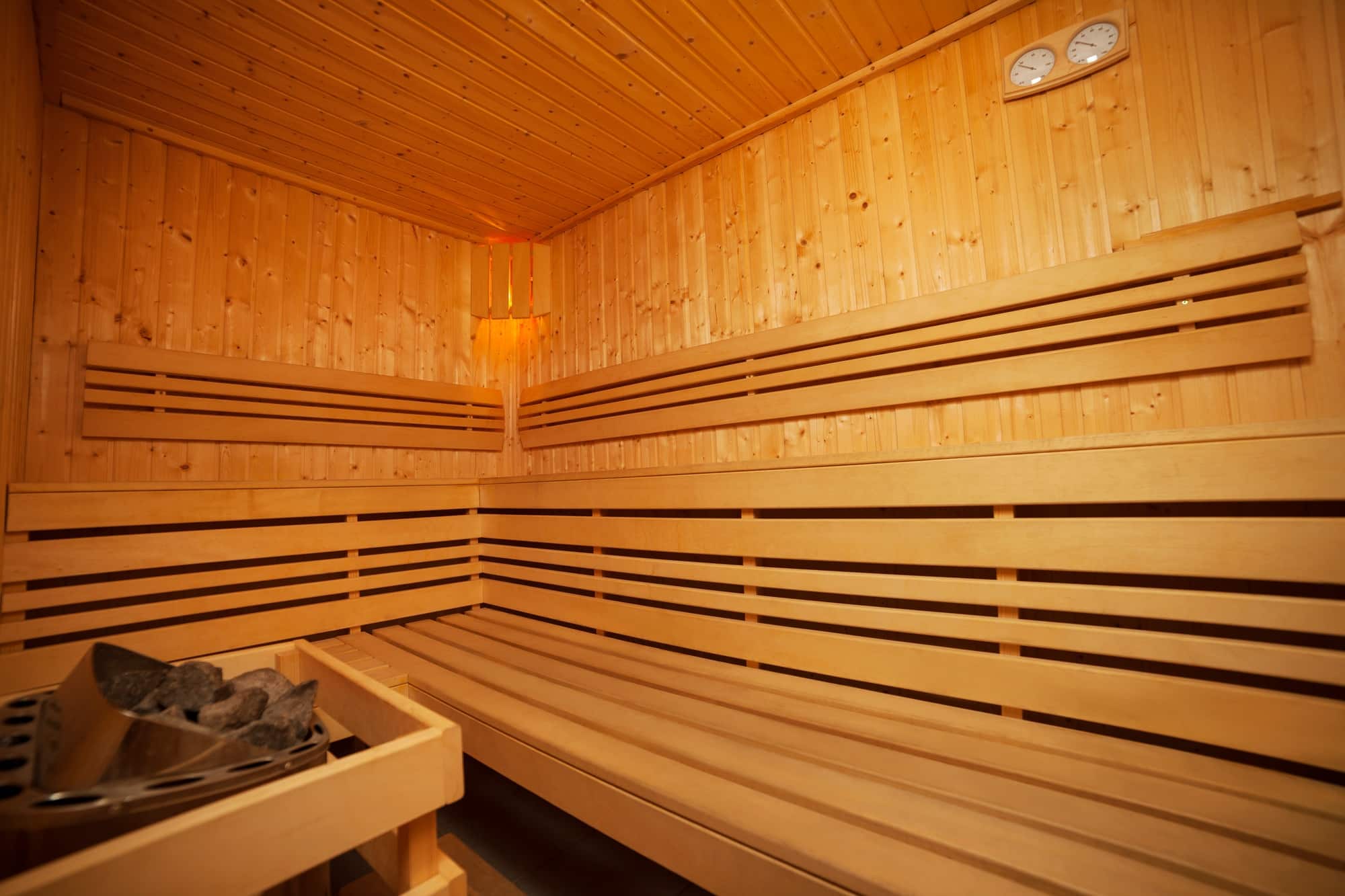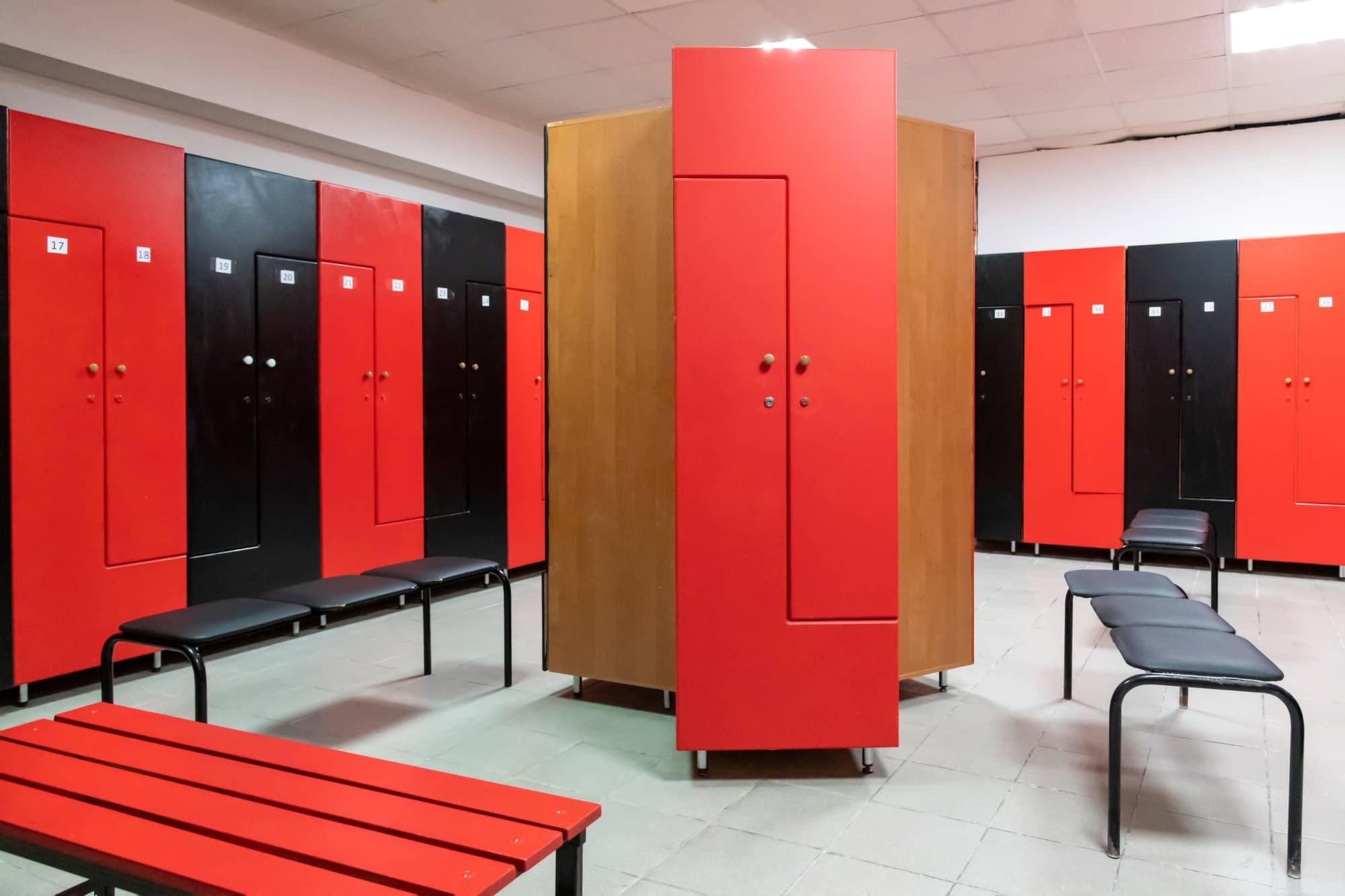If you search for information on fires in the leisure industry or discuss where fires have started in leisure centres in the past, saunas often appear alongside the usual suspects of external wheelie bins and electrical equipment.
The RISC Authority / Fire Protection Association (FPA) state in their publication Risk Control: Fire safety in the construction and use of saunas, that saunas should be considered as high fire hazard areas due to their construction and sources of potential ignition. So how do fires start in saunas and what can be done to prevent them and protect users?
What can cause fires in saunas?
Whilst gas, wood, and infrared heating systems are available and are all susceptible to fire hazards, the majority of commercial saunas in leisure centres work with an electrical stove. Fires in electric saunas have occurred in the past for a number of reasons including:
- An electrical fault with the heater or thermostat
- Users tricking the thermostat by covering it in wet paper to boost the cabin temperature
- Items being placed on the coals
- Items such as magazines or newspapers being taken into and left in the cabin
- Users putting flammable substances on the coals or cabin walls such as essences or alcohol (usually vodka)
- Users trying to dry towels on sauna stove guards
- Sauna buckets being placed on top of cold coals during cleaning and the cabin being switched on with the bucket still on the coals
Why are saunas made of wood?
It seems illogical that something that’s designed to endure repeated prolonged high temperatures should be made of a material that burns. However, like anything, saunas will age with time/use and therefore require inspection and care. It’s not uncommon in older sauna cabins to see very dark/blackened wood around the stove and even lights. This wood will likely feel very dry and brittle to the touch and you may even be able to poke a finger into it. This indicates the extent of the drying out of the wood. Even the pristine wood of a new cabin will burn if a sufficient ignition source is applied to it – for example, a burning towel or newspaper.
How to prevent fires in saunas
There are two sides to fire prevention in saunas: operational control and preventative maintenance. Operational controls dovetail with general health & safety procedures and include controlled access to the sauna/health suite area. This should be linked with the provision of sauna safety guidelines to customers on correct use, reinforced with informational safety signs in the sauna area.
Staff should be trained on sauna safety and carry out regular inspections to pick up on issues such as discarded cups & newspapers on sauna benches, poor user behaviour (for instance, trying to boost the cabin temperature), and unauthorised persons in the area (possibly children). Robust procedures for the switching on/off of the sauna should be documented and trained against – the sauna is recommended to be manually switched on and off and not rely on a timer.
Preventative maintenance would include routine inspection of the cabin and fittings for signs of damage, plus scheduled in-depth inspection and service of the cabin, fittings and stove/thermostat/wiring by a specialist at a suitable interval. Care is advised with regard to repairs to the fabric of the cabin and the services of a specialist are strongly advised.
Preventative maintenance should also extend to the area in which the sauna is situated, considering fire compartmentation. This includes frequent inspections of the fire doors and any fire dampers installed in ventilation ductwork that passes from the sauna area to adjacent areas of the building.
Protecting people in the event of a fire in a sauna
The starting point here is to consider the sauna facility within the building’s fire risk assessment. The RISC Authority/FPA suggest that the enclosure in which the sauna is located should be rated to 60mins. They also suggest that suitable fire detection should be installed and consideration given to installing an automatic fire suppression system.
Suitable automatic fire detection is essential to avoid false alarms, and the advice of a fire alarm engineer is key. The solution may include enhanced provision in adjacent areas. Automatic fire suppression has been around for a number of years but is currently gaining emphasis, and is sometimes required by insurers. This in addition to the usual core provision of fire emergency evacuation plans allied to staff training.



